
Folding with Flair by Andi Q. '25
Adding a third dimension to boring old paper
About a year ago, I wrote about the origami I’d made at my internship in a “draft” blog post when I applied to be a blogger. That draft never saw the light of day (mostly because I forgot about it until last semester), but now I have a brand new batch of internship origami for your viewing pleasure. Enjoy!
Nine-fold Pinwheel
Designer: I forgot (and can’t find the model online)
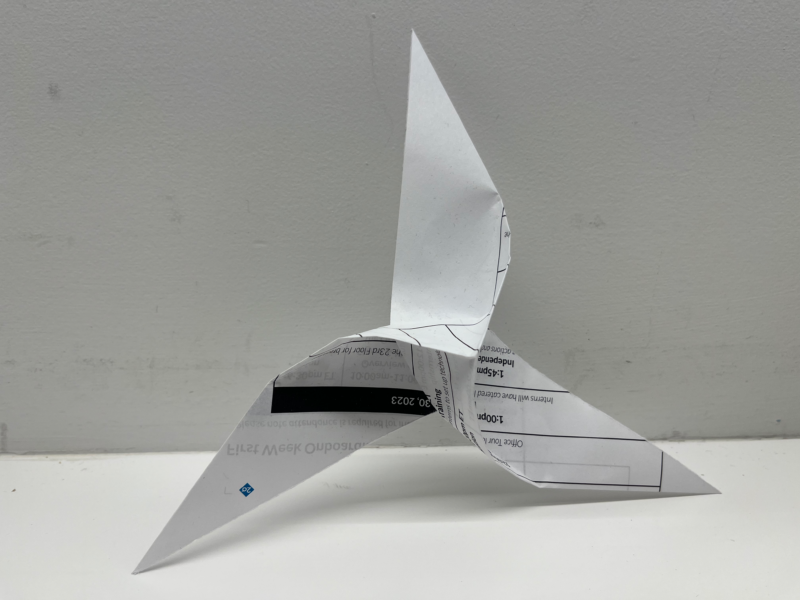
I started folding origami in high school because of a book I’d found in the school library. It contained a variety of fun models, from the traditional orizuru (paper crane) to Christmas ornaments. I was amazed by how the satisfyingly geometric creases gave rise to complex 3D shapes, and I immediately fell in love with the art.
Despite only having nine folds, I found this model the most challenging in the entire book (mostly because the instructions were rather vague), but it’s super satisfying to fold once you figure out how it works.
Five Intersecting Tetrahedra
Designer: Thomas Hull
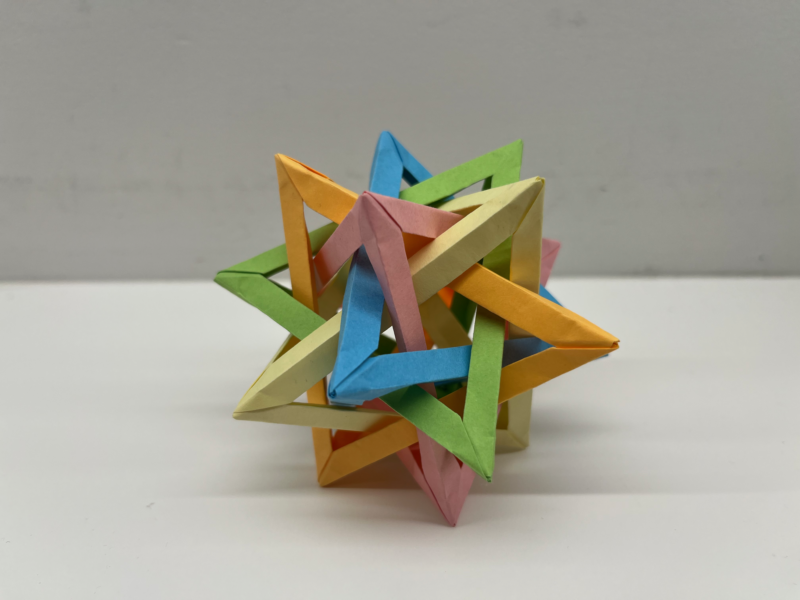
The origami I folded in high school is what most people would associate with the art – following step-by-step folding instructions on a single sheet of paper. But when I came to MIT, I discovered that origami encompasses so much more than that. During my first winter break at MIT, I started folding modular origami – origami composed of many simple “modules” linked together to form a larger, more intricate structure.
The Five Intersecting Tetrahedra (FIT) is one of my favourite examples of modular origami because it’s both fun to assemble and visually striking. I made this one out of sticky notes at work!
Excavated Icosahedron
Designer: Unknown
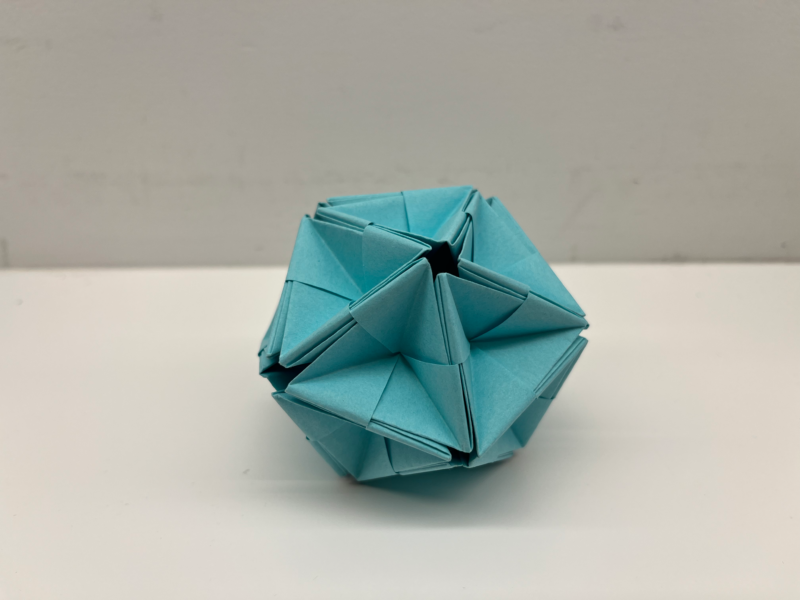
Here’s another piece of modular origami I made out of sticky notes. Although not as visually striking or fun to assemble as its cousin (the FIT), this model is actually two models in one – it’s possible to the spikes to stick outward!
(I had a few sticky notes left over from this one, so I also made a tiny crane and a lotus.)
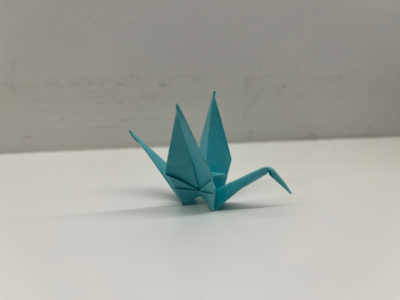
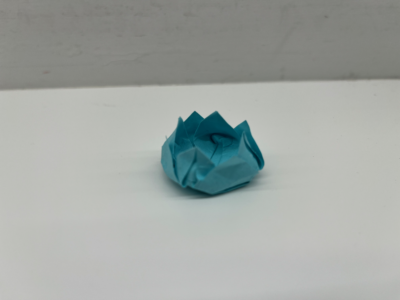
Unicorn
Designer: Tetsuya Gotani
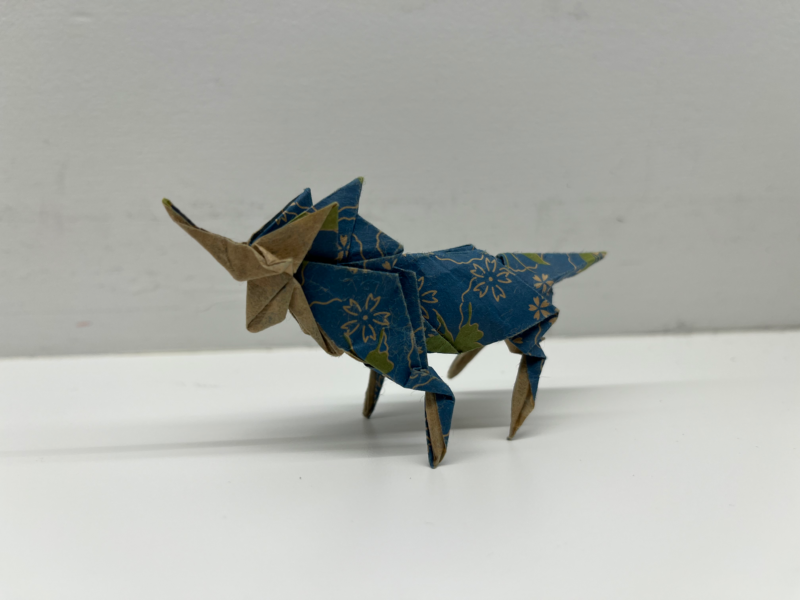
After folding more spiky origami balls in my freshman year than I’m willing to admit, I decided to start learning how to design my own origami. Luckily, MIT was the perfect place for that. Not only is there a class about algorithmic origami design here, but there’s also an origami club (OrigaMIT) led by world-class origami designers. (You should check out their creations here and here; they’re truly incredible.)
Andy D. from OrigaMIT was nice enough to lend me a book of more advanced origami models, which I slowly worked through in my sophomore year. This unicorn is one of my favourites from that book because the end product looks so cool.
Cardinal
Designer: Robert Lang
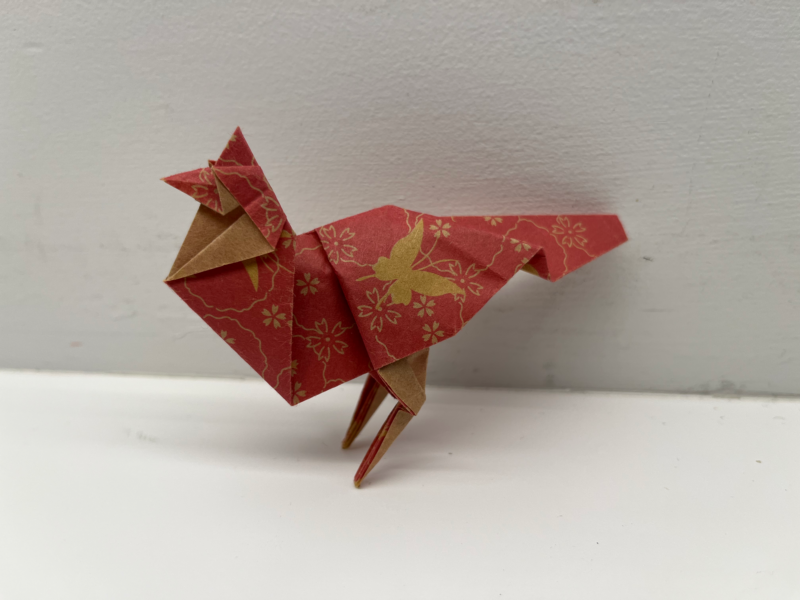
I folded this cardinal from a crease pattern – a single image showing a model’s creases when unfolded but without specific steps for getting to the final product. Learning to interpret and work from them was a big step for me in my origami design journey, and this cardinal was one of the first origami models I folded purely from a crease pattern. A big upgrade from the only other bird I knew how to fold (the crane), if you ask me.
Dragon
Designer: Jo Nakashima
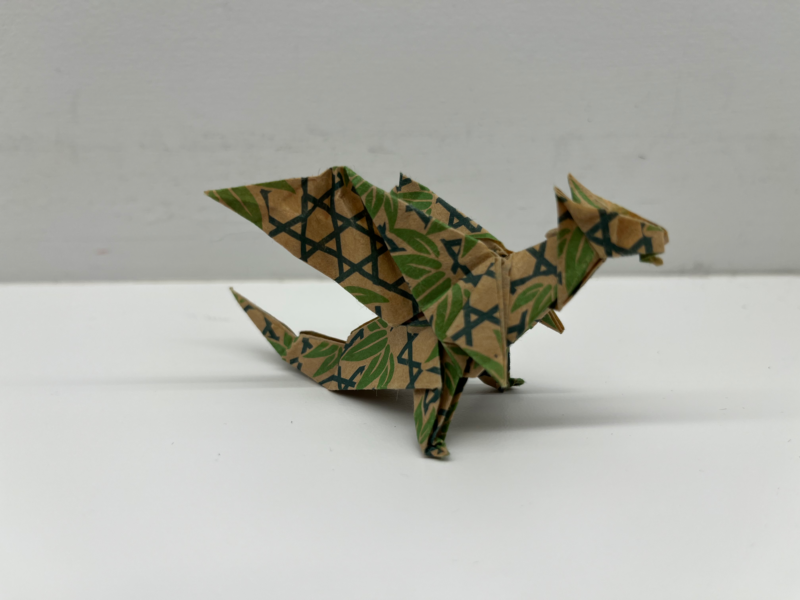
Sixteen Intersecting Triangles
Designer: Byriah Loper
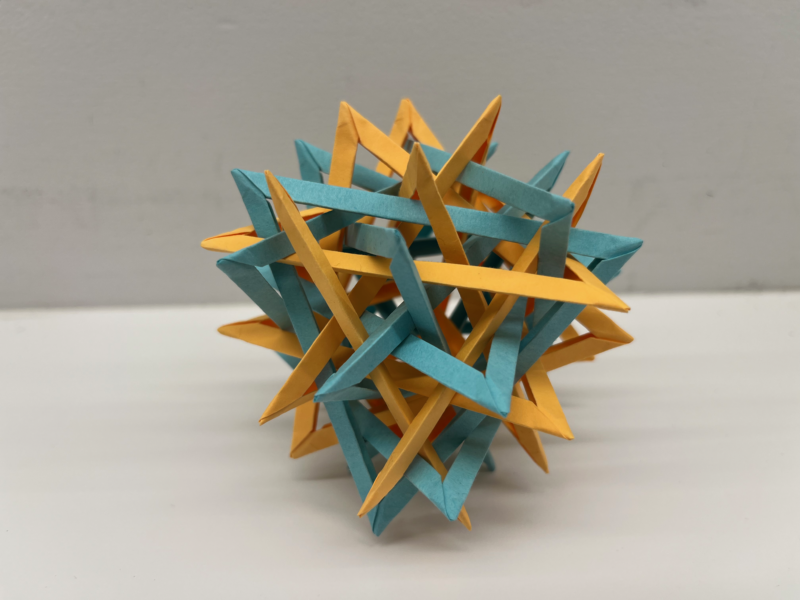
I just can’t seem to resist folding modular origami. Something about the precise geometry and intricate weaving just really appeals to me as an engineer. I learned to fold this specific model from a book owned by one of my previous professors at MIT.
Flower Motif B
Designer: Tetsuya Gotani
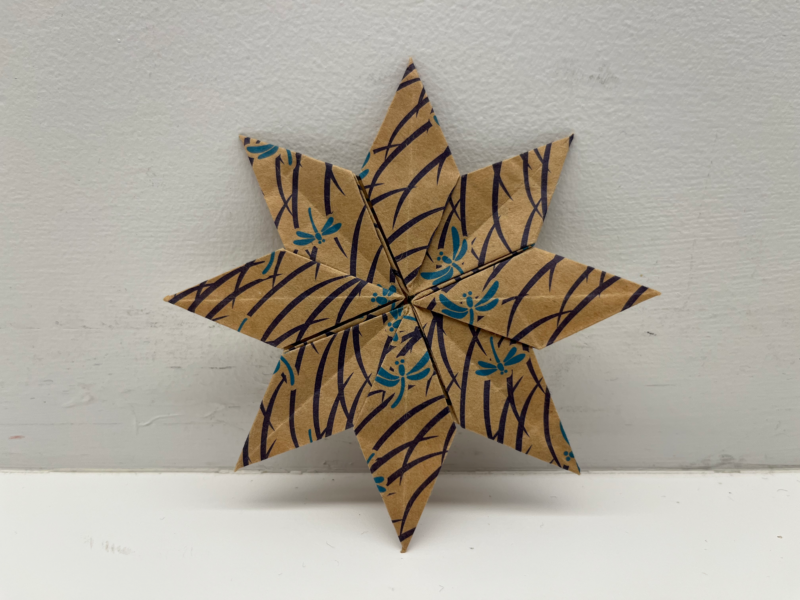
This is another model from the book lent to me. Despite being a relatively simple 2D shape, it was surprisingly complex and required 38 folding steps!
Hydrangea
Designer: Shuzo Fujimoto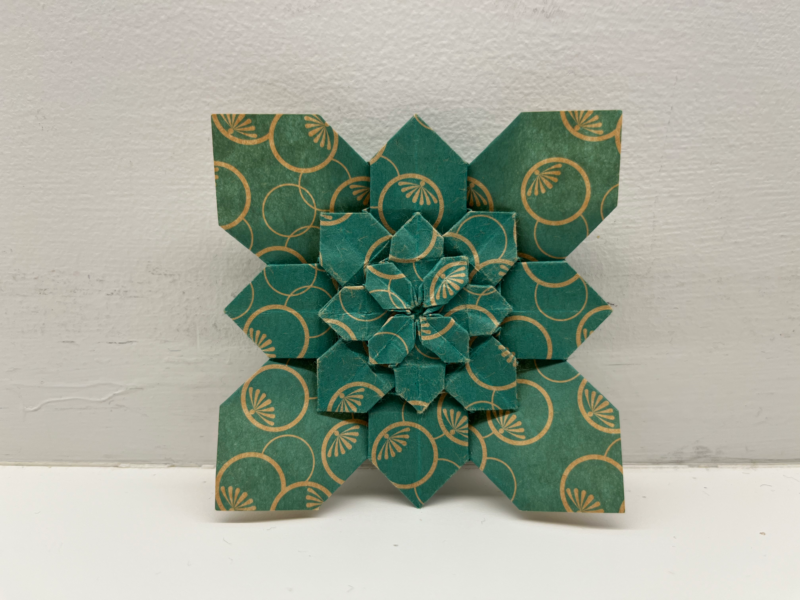
I originally planned to release this blog post way earlier this summer, but it’s now the last day of my internship, and I’m preparing to fly home tomorrow. Thankfully, I don’t need to abandon my origami creations at my desk this summer. On Monday, I put all these pieces up for “adoption” in my company’s Slack. And I’m pleased to say they’ve all found new, loving homes!